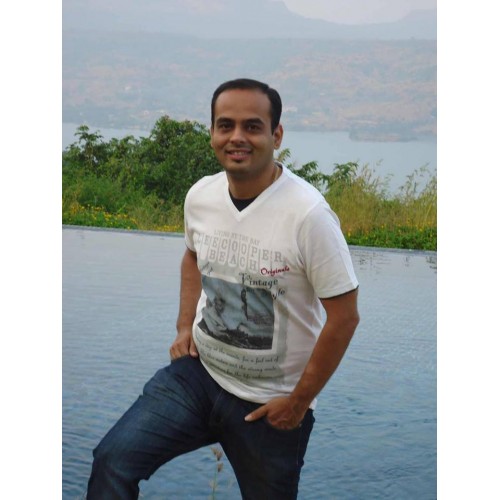Real Time Water Management System |
||
|
"There will be constant competition over water, between farming families and urban dwellers, environmental conservationists and industrialists, minorities living off natural resources and entrepreneurs seeking to commodify the resources base for commercial gain"
-UNICEF report on Indian water. |
||
|
More than two billion people worldwide live in regions facing water scarcity and in India this is a particularly acute crisis. Millions of Indians currently lack access to clean drinking water, and the situation is only getting worse. India’s demand for water is growing at an alarming rate. India currently has the world’s second largest population, which is expected to overtake China’s by 2050 when it reaches a staggering 1.6 billion, putting increase strain on water resources as the number of people grows. A rapidly growing economy and a large agricultural sector stretch India’s supply of water even thinner. Meanwhile, India’s supply of water is rapidly dwindling due primarily to mismanagement of water resources, although over-pumping and pollution are also significant contributors. Climate change is expected to exacerbate the problem by causing erratic and unpredictable weather, which could drastically diminish the supply of water coming from rainfall and glaciers. As demand for potable water starts to outstrip supply by increasing amounts in coming years, India will face a slew of subsequent problems, such as food shortages, intrastate, and international conflict.
India’s water crisis is predominantly a manmade problem. India’s climate is not particularly dry, nor is it lacking in rivers and groundwater. Extremely poor management, unclear laws, government corruption, and industrial and human waste have caused this water supply crunch and rendered what water is available practically useless due to the huge quantity of pollution. In managing water resources, the Indian government must balance competing demands between urban and rural, rich and poor, the economy and the environment. However, because people have triggered this crisis, by changing their actions they have the power to prevent water scarcity from devastating India’s population, agriculture, and economy.
In India the water is distributed in regions on time basis e.g. a specific area get water daily only between 3pm to 5pm and then in adjoining area the water is provided between 5pm to 7pm. This process is done manually where a person goes in that area and turns ON/OFF the valve manually. This is a very tedious and time consuming process also if valves are located at large distances lot of fuel is wasted daily in travelling to those areas. Moreover these valves are not locked and can be easily turned ON/OFF by a common man thereby wasting lot of water. Looking at all these problems we decided to make a circuit which will help in minimizing the water loss, fuel, greater timing precision by not depending on humans to turn ON/OFF the valve. |
||
Block Diagram: |
||
|
|
||
|
Using a single circuit we can control water distribution in 4 areas. In this we will be using a simple 8051 based microcontroller along with RTC, EEPROM and with the help of relays and pumps we will control the timings at which we have to provide water in specific area. A matrix keypad is used to enter the timing at which water to specific zone has to be turned ON. This timing Information is stored in EEPROM. A RTC is used for the controller to know the real time and a battery backup is provided so even in case of power loss in the area the RTC works properly. Using relays we will be controlling valves/pumps and provide water supply to corresponding areas. |
||
Hardware Requirement:
Software Requirement:
|
||
Advantages: |
||
|
||
Future Scope: |
||
|
||
Application: |
||
|
||
Text Books: |
||
|
||
Website: |
||
Magazines: |
||
|




